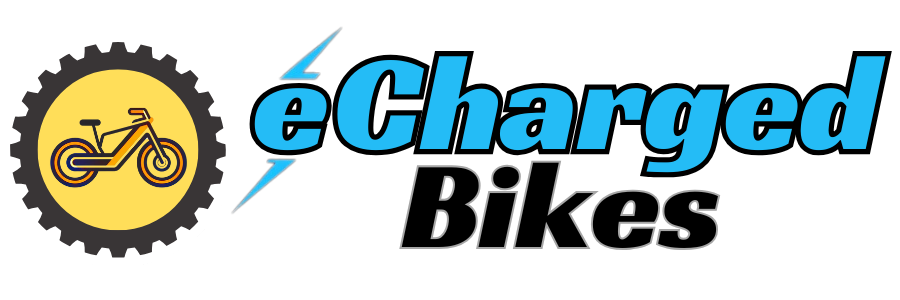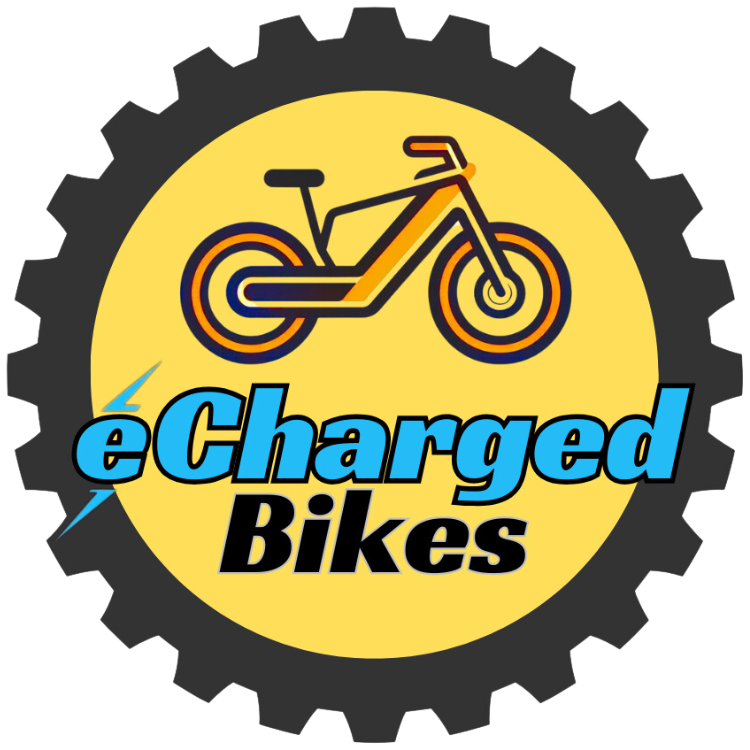E-bike Class Explained
New to electric bikes? E-bikes offer a fun, eco-friendly, and efficient way to commute and explore, but not all e-bikes are the same. Understanding the differences between Class 1, Class 2, and Class 3 e-bikes is essential for choosing the right model and ensuring compliance with local e-bike regulations.
With evolving e-bike laws across the U.S., knowing where you can legally ride and the restrictions for each class is more important than ever. This guide will break down electric bike classifications, explore recent legal updates, and help you determine which e-bike best suits your riding needs. Whether you’re commuting in the city, cruising on bike paths, or looking for a high-speed ride, understanding these classifications ensures a safe and legal experience.
Jump to Section:
Electric Bike Classification Quick Guide
| Class | Definition | Legal Access | Benefits |
|---|---|---|---|
| Class 1 (Pedal-Assist Only) | Motor activates only when pedaling, max speed 20 mph. | Allowed on bike lanes, multi-use paths, some trails. | Feels like traditional cycling with extra assistance. |
| Class 2 (Throttle + Pedal-Assist) | Features pedal-assist and throttle, max speed 20 mph. | Permitted where Class 1 is allowed, but some restrictions apply. | Throttle allows effortless riding, good for mobility needs. |
| Class 3 (High-Speed Pedal-Assist) | Pedal-assist only, max speed 28 mph, often with speedometer. | Restricted on most bike paths/trails, allowed on roads and bike lanes. | Higher speeds reduce commute times, good for road cycling. |

What Are Class 1, 2, and 3 Electric Bikes?
Class 1 Electric Bikes: Pedal-Assist Only
- ✅ Definition: Equipped with a motor that activates only when pedaling, with a maximum speed of 20 mph.
- ✅ Common Uses: City commuting, exercise, and recreational rides.
- ✅ Legal Access: Generally allowed on bike lanes, multi-use paths, and some mountain bike trails.
- ✅ Benefits: Class 1 e-bikes offer a natural cycling experience with added assistance, making them ideal for those who want a traditional biking feel with extra power.
- ✅ Who Should Buy: Perfect for beginners, fitness enthusiasts, and those looking for a smooth and efficient ride without relying on throttle control.
Class 2 Electric Bikes: Throttle-Controlled & Pedal-Assist
- ✅ Definition: Features both pedal-assist and throttle mode, with a speed limit of 20 mph.
- ✅ Common Uses: Urban travel, easy acceleration without pedaling, and accessible riding for those with mobility limitations.
- ✅ Legal Access: Permitted in most places where Class 1 e-bikes are allowed but may face restrictions on certain bike paths and trails.
- ✅ Benefits: Throttle allows effortless riding, making it great for individuals with physical limitations or those seeking a more relaxed ride.
- ✅ Who Should Buy: Ideal for those who want the option to ride without pedaling, commuters navigating traffic, and riders needing extra flexibility.
Class 3 Electric Bikes: Higher-Speed Pedal Assist
- ✅ Definition: Pedal-assist only, with a maximum speed of 28 mph, often equipped with a speedometer.
- ✅ Common Uses: Fast commuting, road cycling, and long-distance travel.
- ✅ Legal Access: Restricted on most bike paths and trails but permitted on roads and designated lanes.
- ✅ Benefits: Faster speeds make them an excellent alternative to traditional transportation, reducing commute times.
- ✅ Who Should Buy: Best for serious commuters, experienced riders, and those who want a faster, more dynamic cycling experience.

Why E-Bike Classification Matters
- ✅ Safety Regulations: Speed differences impact safety on bike lanes and trails.
- ✅ Helmet Laws: Some states mandate (find best) helmets for Class 3 riders.
- ✅ Age Restrictions: Class 3 e-bikes may have higher minimum age requirements.
- ✅ Access to Roads & Trails: Different classes have varying access rules depending on local laws.
- ✅ Insurance Considerations: Some insurance policies distinguish between e-bike classes when determining coverage.
- ✅ Environmental Impact: Class 1 and 2 e-bikes generally require less power and are more sustainable for recreational use.

Recent Electric Bike Legislation & Changing Laws
2024-2025 E-Bike Law Updates in the U.S.
- With the growing popularity of e-bikes, states are refining their regulations (see additional State updates:)
- ✅ Some states have expanded access for Class 2 and Class 3 e-bikes on bike paths.
- ✅ Helmet laws have been updated in various regions to improve rider safety.
- ✅ New York and California have implemented stricter e-bike registration requirements.
- ✅ Some areas are introducing licensing requirements for high-powered e-bikes to regulate their usage more effectively.
- ✅ Noise and environmental impact assessments are being conducted to determine future e-bike regulations.
State-by-State Variations in E-Bike Regulations
- E-bike laws vary widely by state. Here are some key examples:
- ✅ California: Class 3 e-bikes are not allowed on multi-use trails.
- ✅ New York: Throttle-controlled e-bikes are permitted but face restrictions in some urban zones.
- ✅ Florida: Class 1 and 2 e-bikes have broader trail access, while Class 3 is primarily road-restricted.
- ✅ Texas: Some rural areas allow all classes of e-bikes on certain trails, but urban centers enforce stricter rules.
- ✅ Oregon: New regulations are under review to determine whether Class 3 e-bikes should be allowed on select public trails.
Local E-Bike Rules & Municipal Regulations
- ✅ Many cities are setting independent speed limits for shared-use paths.
- ✅ Some urban centers now require specific lighting and safety features for e-bikes.
- ✅ Universities and business districts are developing e-bike parking policies to accommodate growing usage.

Choosing the Right E-Bike Class
- Selecting the right e-bike depends on where and how you ride:
- ✅ For urban commuters: Class 1 and Class 2 offer versatility and access to most paths.
- ✅ For speed and road cycling: Class 3 provides the highest speed and efficiency.
- ✅ For off-road and trails: Check local trail rules before purchasing a Class 2 or 3 e-bike.
- ✅ For eco-conscious riders: Class 1 provides the most traditional biking experience with added efficiency.
Frequently Asked Questions (FAQs) About E-Bike Classes & Laws
Where can I legally ride a Class 1, 2, or 3 e-bike?
Class 1 e-bikes are widely accepted on bike paths and trails. Class 2 e-bikes have similar access but may be restricted in some areas. Class 3 e-bikes are generally limited to roads and bike lanes.
Do I need a license or registration for an electric bike?
Most states do not require registration for Class 1 and 2 e-bikes, but Class 3 models may have stricter requirements depending on the state.
What’s the main difference between Class 2 and Class 3 e-bikes?
Class 2 e-bikes have a throttle and are capped at 20 mph, while Class 3 models are pedal-assist only and can reach 28 mph.
Are helmets required for riding an e-bike?
Helmet laws vary by state, but most require helmets for Class 3 riders and younger e-bike users.
Can I modify my e-bike to increase its speed?
It is possible to upgrade components that will increase performance. Tampering with an e-bike’s speed settings may violate local regulations and could result in fines or restricted riding access.








